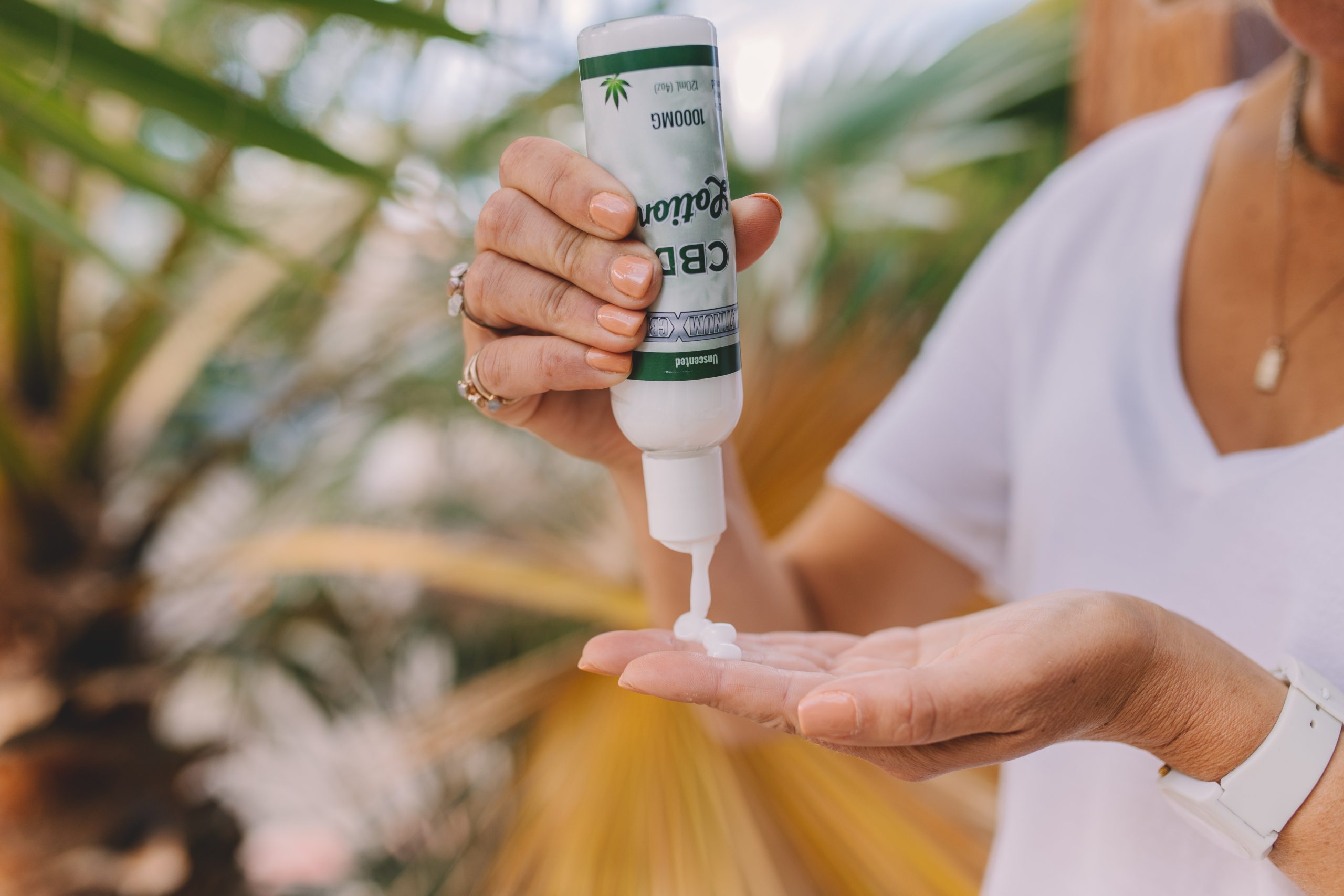As we age, our bodies naturally become more prone to falls and injuries. For the elderly, falls can have serious consequences, such as broken bones, head injuries, and even fatal consequences. However, there are measures that can be taken to prevent falls and injuries in the elderly, helping them maintain their independence and quality of life. In this article, we will discuss some practical ways to prevent falls and injuries in the elderly.
Evaluating the Home Environment
One of the most important steps in preventing falls in the elderly is to evaluate their home environment for potential hazards. This includes ensuring that walkways are clear of clutter, that rugs are secured to the floor, and that there is adequate lighting in all areas of the home. Installing handrails in hallways and bathrooms can also help prevent falls. Additionally, consider installing grab bars in the shower and near the toilet for added safety.
Encouraging Regular Exercise
Regular exercise is crucial for maintaining strength, balance, and coordination in the elderly. Encourage your loved one to participate in activities that strengthen their muscles and improve their balance, such as yoga, tai chi, or water aerobics. Even simple exercises, such as walking or gardening, can help improve overall strength and mobility.
Regular Eye Exams
Poor vision can greatly increase the risk of falls in the elderly. Ensure that your loved one has regular eye exams to detect any vision problems, such as cataracts or glaucoma, that could impact their ability to see clearly and navigate their environment safely.
Medication Management
Many medications can cause dizziness, drowsiness, or other side effects that increase the risk of falls. Make sure that your loved one’s medications are being properly managed and regularly reviewed by their healthcare provider. If necessary, discuss alternative medications with their doctor that may have fewer side effects.
Assistive Devices
Assistive devices, such as canes, walkers, or wheelchairs, can greatly help reduce the risk of falls in the elderly. Make sure that your loved one is properly fitted for any assistive devices they may need and encourage them to use them consistently, especially when navigating uneven or slippery surfaces.
Staying Active and Engaged
Staying active and engaged in social activities can help reduce the risk of falls by maintaining overall physical and mental health. Encourage your loved one to participate in group exercise classes, volunteer opportunities, or social gatherings to stay connected and engaged with the world around them.
Conclusion
Preventing falls and injuries in the elderly is crucial for maintaining their independence and quality of life. By evaluating the home environment, encouraging regular exercise, scheduling regular eye exams, managing medications, using assistive devices, and staying active and engaged, you can help reduce the risk of falls and injuries in your loved one. Remember, prevention is key in keeping our elderly loved ones safe and healthy.

